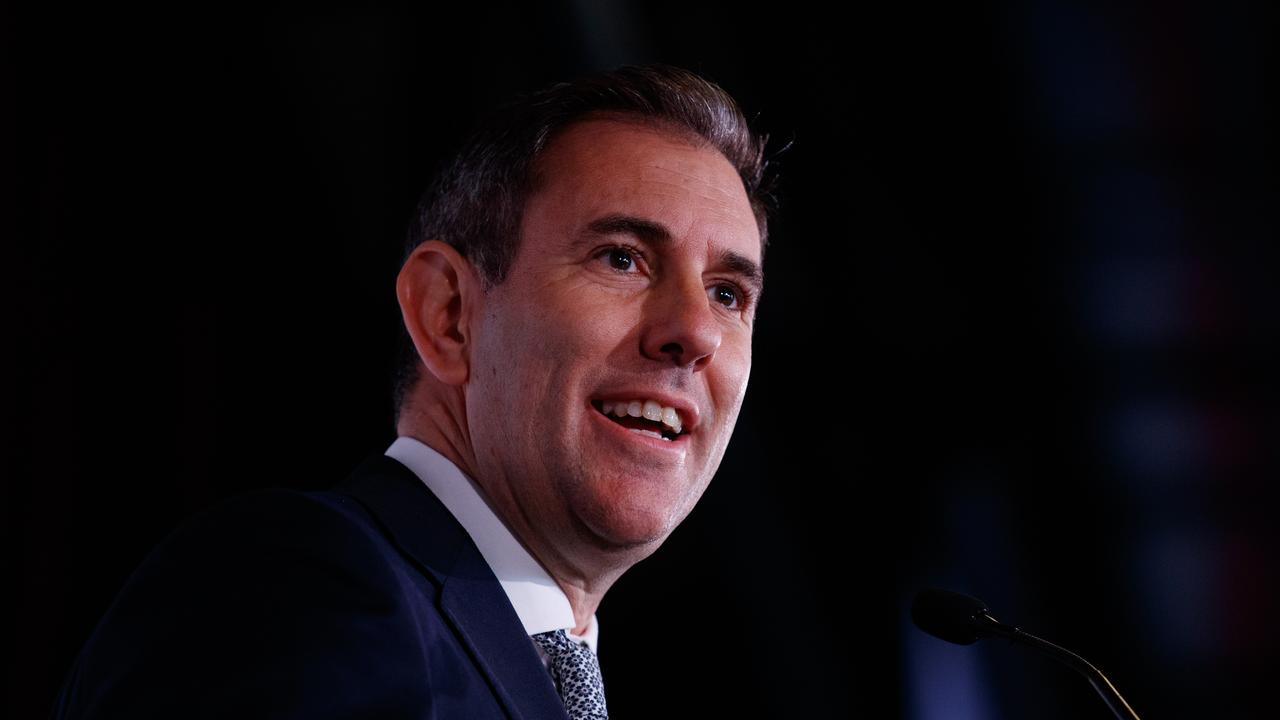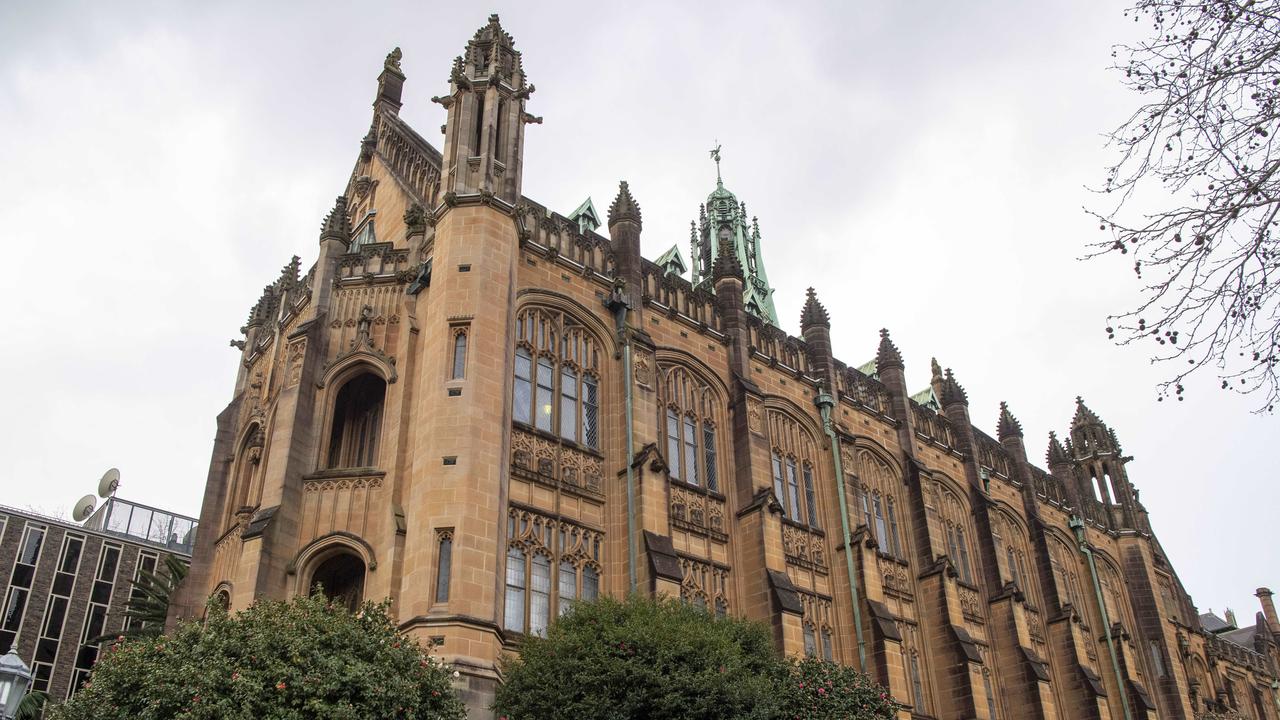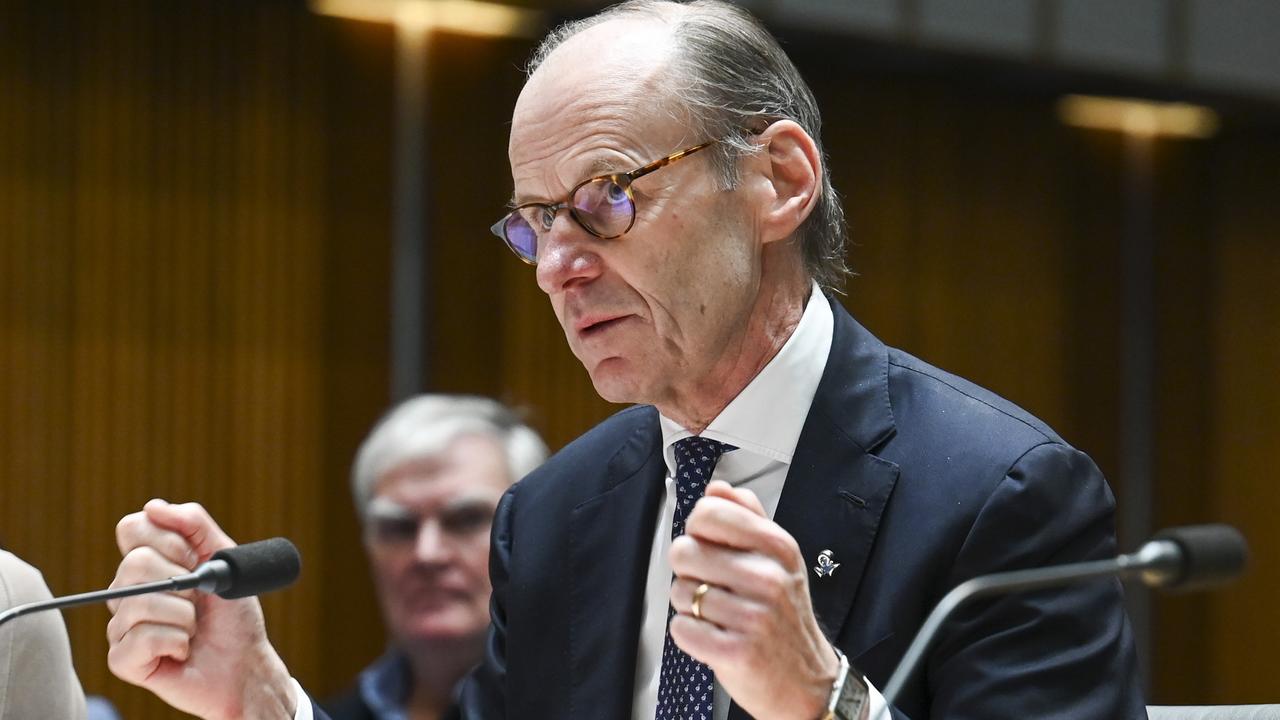‘Study or house’: Experts hopeful relaxing HECS debt mortgage rules will help homebuyers
Carrying a big student debt and can’t get a mortgage? See how much more you could borrow under new changes.

Scrapping student debt from mortgage applications should open the door to tens of thousands of dollars for homebuyers.
Compare the Market analysis shows a tertiary-educated single professional, earning more than the average $100,000 Australian income, can get an extra $95,900 on a mortgage based on newly announced changes.
Under these proposed changes, a person’s student debt will be discounted from mortgage serviceability tests where a bank expects the borrower to pay off the debt in “the near term”.
But the question of “near term” will be subject to consultations between lenders, the Australian Prudential Regulation Authority, and any other interested party in the coming weeks.
The regulator does not want banks dishing out mortgages left and right.
“Our baseline expectation is that banks continue to consider HELP repayments in serviceability assessments,” an APRA spokesperson told NewsWire.

“Additionally, we expect banks to only use exceptions to policy if they are managed prudently and make up a relatively low proportion of loan originations.”
Regardless, experts say the changes make sense.
“Young adults in Australia are being forced to make decisions about undertaking study or paying their housing costs,” Swinburne University housing expert Wendy Stone said.
“For future generations to be as skilled, educated and have the same employment opportunities as previous generations, this trade-off must be prevented.”
Higher education was free in Australia from 1974 until 1989. Since then, lenders have treated student debt the same as credit card debt or personal loans.

But stiff indexation rates tied to inflation – policy that was reformed in 2024 – means the collective student debts of Australians have soared in the past three years.
The average HECS-HELP debt is about $26,500 and takes more than nine years to pay off.
Compare the Market analysis in November holds true because the average mortgage has ticked up just $1000 to $642,000 from then to now.
A person earning $75,000 can borrow an additional $26,800 for a mortgage with these latest HELP changes for a total of $408,500.
The extra borrowing power for some earning $100,000 would be more than $56,000.
A university or TAFE-educated worker earning $125,000 could borrow up to $679,000 – an extra $95,000.
These figures assume a single applicant with no dependants, looking for an owner-occupied, principal and interest loan of $641,000, combined with the average $26,494 HELP debt.
Compare the Market spokesman Chris Ford said discounting student debt from the mortgage equation meant an extra bedroom, a closer suburb, or going from an apartment to a house.

“Student debt was never meant to hurt people’s chances of owning a home, so this move is really just common sense,” he told NewsWire.
“Borrowers of course need to be sensible and stress test their mortgages, but, in the vast majority of cases, a small student loan that’s likely to be paid off in a year or two won’t make a material difference to serviceability.”
Someone on a high income with an average student debt would see markedly more options under the changes.
A buyer could go from an apartment in Springvale South – 42km from the Melbourne CBD – to an apartment in Elwood – 9km from the city.
In Sydney, a homebuyer could jump from an apartment in Wentworth to a flat in Homebush.
Swinburne’s Professor Stone said HELP should not be treated like other debts.
“HECS debt is adjusted up and down to income levels, and is paused in periods of non-employment, meaning its impact on mortgage repayment is less than regular debt could be,” Professor Stone said.
“For all young adults and people in midlife and later-life years to continue to upskill and pursue lifelong learning as members of a ‘clever country’, the barrier to post-secondary education can be further reduced by adopting policies such as those in other countries.”

Denmark should be the guiding light, Professor Stone said. The Danes heavily subsidise student housing as an investment in education, while student fees and costs are reduced substantially or waived.
Treasurer Jim Chalmers has written to APRA and the Australian Securities and Investments Commission, calling on them to reassess their advice to banks and lenders.
National Australia Bank home ownership executive Andy Kerr told NewsWire the changes would help more people buy a home.
“This change will help more young Australians achieve their property dreams,” he said.
“We’re pleased to support this initiative, as it will help boost their borrowing capacity.
“However, housing supply remains a significant challenge. It is critical to address both demand and supply-side measures together to help more Australians buy a home.”
KEY QUESTION
The key question of a mortgage applicant paying off student debt in “the near term” remains.
Any interested parties can and will submit their positions to APRA in the coming weeks.
An APRA spokesperson told NewsWire the regulator’s definition of near term would come about through consultation, and changing how HELP debt was categorised should be an exception, not the rule
“We expect banks to only use exceptions to policy if they are managed prudently and make up a relatively low proportion of loan originations,” the spokesperson said.

“Overall, we expect these changes to support a more consistent approach to HELP debts across the banking system as well as improve community understanding.
“The changes will also help creditworthy borrowers with HELP debts to purchase homes.
“APRA will also write to banks clarifying our position on the need for pre-sales in lending for commercial property development.”
Assistant Treasury Minister Andrew Leigh talked up the change on Wednesday.
“We need to make sure that more Australians get into housing and to the extent that lenders have been taking into account your HECS debt, that can sometimes hold young people back from home ownership,” he said.
“Taking (HECS debt) off the table when lenders are considering how to allocate funding and who to lend to is really important in terms of boosting home ownership rates.”
A key concern for APRA will be homebuyers signing mortgages they ultimately cannot afford.
“A re-elected Albanese government would cut all the HECS debts by 20 per cent,” Mr Leigh told ABC Radio.

“We’ve already changed indexation so that that’s operating off the lesser of wages or inflation and backdated that over a year, saving hundreds of dollars for the typical HECS debtor.
“More broadly … this is an appropriate way of recognising that an income contingent loan isn’t like having a car loan.”
Canstar data insights director Sally Tindall said first-home buyers faced a mountain of hurdles already.
“Would-be first-home buyers have had an incredibly tough couple of years in the face of rising rents, rates and property prices,” she told NewsWire.
“Australians looking to buy their first home should not be unfairly penalised for investing in their education.
Removing HELP debt repayments from the banks’ borrowing capacity calculations was a sensible step to help potential first-home buyers on to the property ladder, she said.
“Our estimates show that for someone on the average wage, this could potentially boost their borrowing capacity by up to $61,000, making it easier for these first-home buyers to get in a winning bid,” Ms Tindall said
“That said, first-home buyers should think long and hard about how much debt they are willing to sign up to and not just rely on the bank to tell them how much they can borrow.”




